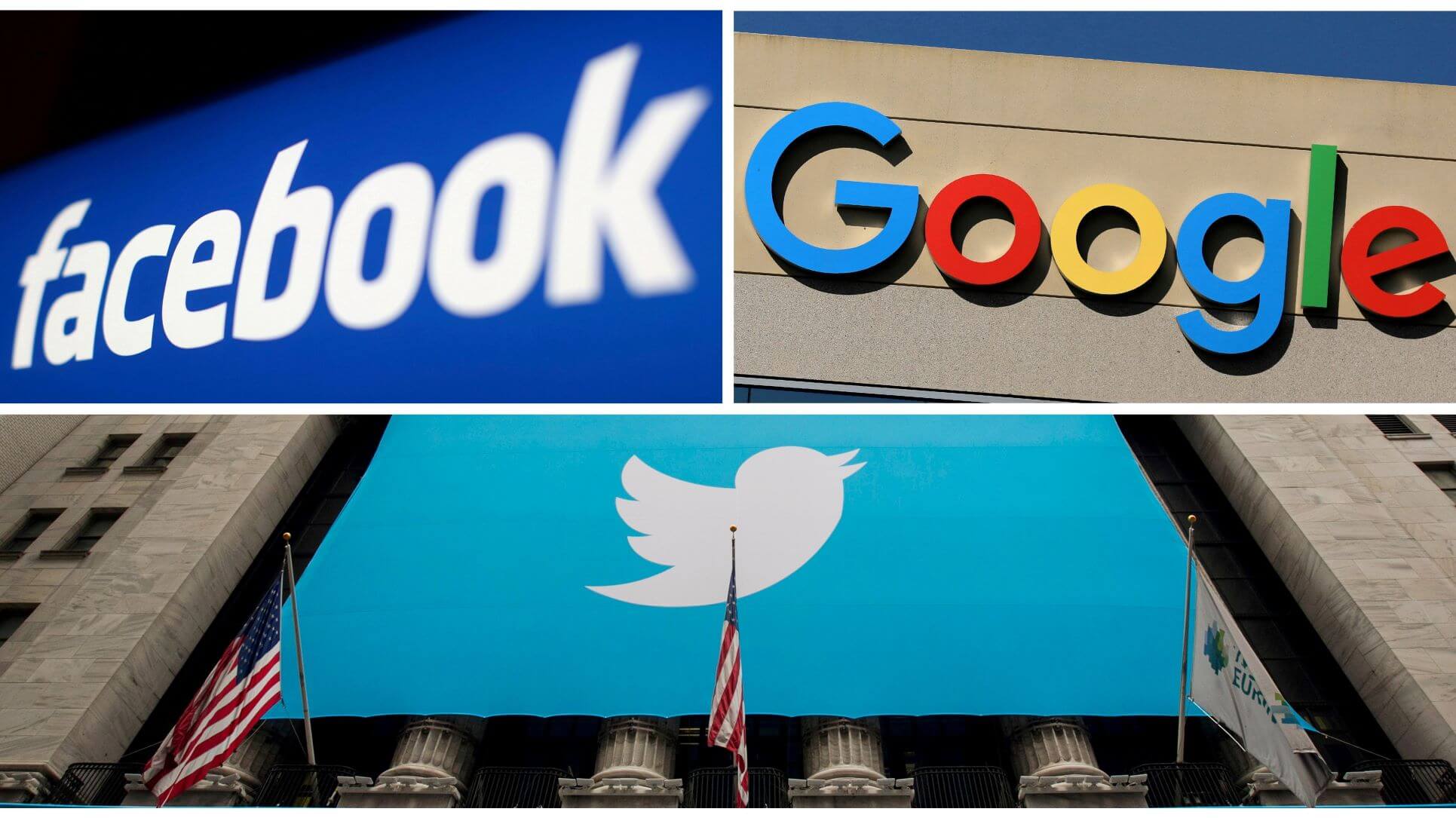Too Small For Content Strategy? Think Again
You can create impactful content regardless of budget - even the type of stuff that makes a business flourish. A bit of inventive thinking and some chutzpah created brands like Red Bull, so why not come up with a strategy to follow suit?
You can create impactful content regardless of budget - even the type of stuff that makes a business flourish. A bit of inventive thinking and some chutzpah created brands like Red Bull, so why not come up with a strategy to follow suit?
Too Small For Content Strategy? Think Again
You can create impactful content regardless of budget - even the type of stuff that makes a business flourish. A bit of inventive thinking and some chutzpah created brands like Red Bull, so why not come up with a strategy to follow suit?

It’s pretty well accepted these days that Content is King. It doesn’t take much to understand how and why Content Marketing can drive value for your business. Red Bull has famously done so well with content that it’s become a core business for the company. IBM’s Smarter Planet platform has been driving results for years.
That’s all well and good for big companies that have always-on content generating newsrooms, who can afford to invest in social media agencies or fancy content marketing platforms like Content.ly or Newscred.
But you’re if running a small business or startup, your primary focus is more likely your next release, your next round of funding or the joys of day-to-day cash flow management. Lord knows you can’t spend all day writing blog posts.
While the barriers can seem significant, the fact is that smart content strategies and tactics can have significant impact even on small-business scales. For example, Dollar Shave Club’s “Our Blades Are F***ing Great“ YouTube video cost about £3,000, and it’s garnered almost 20 million views so far. In the first few days post launch, the video reportedly resulted in 12,000 new customers in two days.
In financial services Mint.com, one of the first online personal finance alternatives to existing big-bank backed products, stands out as a small-business content marketing success story.
Unable to compete with the Intuits of the world, the company focused content and channel strategy and developed a platform of blog posts, slideshows and infographics, largely deployed across social media. Based on this strategy, the service grew from 100,000 accounts in 2007 to nearly 2 million in 2009, taking the lead in its market. In 2009, the company sold to Intuit for $170 million.
Granted, in both of these cases, the products and services behind the companies were high potential (as with advertising, good content will only make a bad product fail quicker). But without strong content platforms, it’s unlikely they’d have gained the momentum that propelled them into success.
Ready to get busier with content? Here are a few things to keep in mind.
1. Find your story and stick to it:
It’s not enough to simply churn out content indiscriminately, a practice that is more widespread that you’d think. Instead, define the story your company/brand/product is telling, and make sure everything you communicate, from your website to your search and social messages is consistent with that story, yet tailored to the nature and uses of specific channels.
There’s very little that IBM communicates from press ads to the Wimbledon Slamtracker that don’t tie back to the Smarter Planet story. The cumulative effect of consistency will result deeper and wider understanding of what your company offers the world.
2. Select your channels with care:
I’ve worked with companies – large multinationals to London tech startups – who’ve understood the importance of content only to fail in execution. Is your Facebook audience limited to a few dozen employees, friends and family with the most popular content relating to the summer boat party?
Is that Instagram channel not taking off as you’d hoped? Make sure you’re focusing on the channels your audiences are using. A B2B software company that’s targeting engineers, LOB and financial decision makers may find the perfect storm in a combination of tech blogs, native advertising on vertical business sites and a microsite focusing on financial benefits, for example.
Meanwhile, millennial-focused product companies might have success with, say, Vine or Snapchat. As the folks at Buzzfeed say, millennials live in the feed, so Facebook, Twitter, Pintrest are all the usual suspects. But if your audience isn’t there, don’t bother – sometimes nothing is better than something.
3. Quality and context over quantity:
Once you’ve found your audiences, make sure your content resonates, but in ways that will benefit your business. Re-posting cat videos, which are particularly popular on the Web I’m told, might give you a bump in channel-specific metrics, but will be unlikely to move the needle for business indicators.
Finding your audiences in channels where they will be receptive is challenging…make sure you convert that opportunities by providing audiences with quality content that creates brand engagement, and even better, moves to consummate relationships with prospects.
4. Do what you can:
Content marketing can be time consuming and financially draining. Developing a strategy and a story will take time, as will the day-to-day generation, deployment and measurement of your platform. This can easily become full-time job for one or more.
But until you’ve reached that point where business case warrants additional investment in content, just do what you can. Increase your Twitter following in brand- and business-relevant ways; keep your latest creds deck and your recent presentations up to date and post them on Slideshare.
Make sure your LinkedIn profiles (yours and your company’s) are current your thought leadership can be found there. And don’t hesitate to like/share/retweet/favourite content that’s relevant to your story and your agenda. When developing your website, make sure search engine optimization is high priority.
5. Take note of what’s working:
While developing and implementing a content strategy can generate great returns, it is also a time-consuming proposition at any level. Develop a simple KPI matrix to measure the channel specific and the business results your efforts are reaping. Drop activities that aren’t working and double down on those that prove themselves. Build on success and produce business cases for increased investment.
Thanks for signing up to Minutehack alerts.
Brilliant editorials heading your way soon.
Okay, Thanks!




